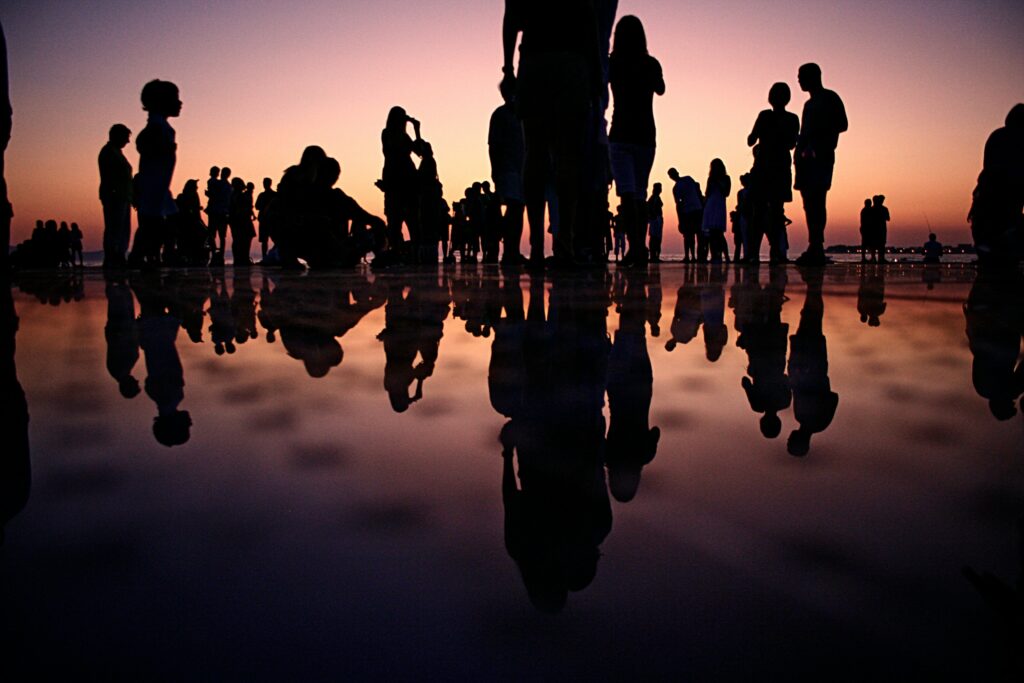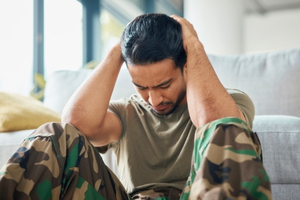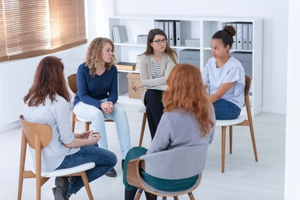
Collective trauma is a term that has seeped into our consciousness, gaining prominence in the wake of events that have shaken societies to their core. You might recognize it as the shadow that falls over communities after heart-wrenching events, such as the 9/11 attacks, or the global struggle to grapple with the life-altering pandemic of COVID-19. It’s a shared sense of loss and upheaval, a thread that weaves through the fabric of communities, cultures, and nations. These events bind individuals together in their shared emotional responses, linking their personal stories to a larger narrative of pain, resilience, and the quest for healing. Discover strategies to finding peace and healing after a collective trauma, fostering connection, resilience, and community-led recovery.
In the wake of such collective traumas, finding peace can seem like an insurmountable task. Yet, as you stand amidst the remnants of what was once familiar, know that healing is not just a possibility but a testament to the indomitable human spirit. Here are strategies that can guide you and your community toward rebuilding and finding peace.

The first step toward healing is to acknowledge the collective trauma, to name it for what it is—a shared wound. This might involve community vigils, public discussions, or memorials. In these spaces, the community can collectively recognize the pain, the loss, and the change that has come to pass. Acknowledging the trauma isn’t about reliving the pain; it’s about validating the experience and creating a shared understanding that paves the way for collective healing.

Trauma can often isolate individuals within their pain, but collective trauma requires a collective response. Look around and recognize that you are not alone. Reach out to others, share stories, and listen. Healing comes through the threads of connection that you weave with those around you. Whether it’s a support group, a community organization, or informal gatherings, these connections remind you that the journey to peace is one you walk together.

Healing isn’t one-size-fits-all, especially when it comes to collective trauma. Embrace the diversity of healing modalities available. Some may be finding peace and solace in traditional counseling, while others turn to art, music, or spirituality. Community workshops, cultural events, and public art installations can provide outlets for expression and understanding. The key is to offer and support a range of healing options, recognizing that each person’s path to peace might look different.
Stories have the power to heal. They allow individuals to process experiences, make sense of the chaos, and reclaim agency. Engage in collective storytelling through shared narratives, whether written, spoken, or through digital media. Documentaries, memoirs, and community projects that capture the stories of those who have lived through collective trauma can be powerful catalysts for healing and understanding. Your story, as part of this collective narrative, contributes to a tapestry of resilience.

In the aftermath of trauma, communities have needs that must be addressed for healing to occur. Prioritize these needs, whether it’s mental health resources, economic support, or rebuilding infrastructure. Recognizing and acting on these needs validates the collective experience and facilitates a sense of progress and recovery.
Resilience is not just the ability to bounce back; it’s also about growing in the face of challenges. Encourage resilience both on an individual and a collective level. This could involve resilience training programs, community resilience initiatives, and policies that strengthen the social fabric. Celebrate the small victories, the acts of kindness, and the stories of those who have found strength in the struggle.
Peace does not mean the absence of grief. Allow space for grieving and mourning. This is a process that has no set timeline and is deeply personal, yet it is also communal. Commemorative events, moments of silence, and spaces for reflection can provide a collective outlet for grief. It’s important to understand that mourning can coexist with the journey toward healing, and it’s a necessary passage for the community to move forward.
In times of collective trauma, compassionate leadership is paramount. Leaders who demonstrate empathy, who listen to the needs of their communities, and who are transparent in their actions can foster a sense of trust and safety. They can help steer the collective towards healing by making decisions that prioritize the well-being of the community and by being present and responsive to the emotional climate.

Amidst the reality of trauma, it is crucial to cultivate hope and maintain a vision of a positive future. Hope is not naïve; it is a form of resistance against despair and a foundation for action. Engage in positive visioning through community meetings and public forums where members can voice their hopes and dreams for the future. This can lead to a shared goal, and a collective horizon to strive toward.
Healing from collective trauma is not a quick fix—it’s a sustainable practice. This means continuously investing in mental health resources, fostering community resilience, and revisiting and adapting strategies as the community grows and changes. It’s an ongoing commitment to the well-being of the community.
As you employ these strategies in your quest for peace after collective trauma, remember that each individual’s healing contributes to the healing of the whole. You are part of a larger story, one of overcoming and rebuilding, where each chapter is written through the collective effort of many pens.
And as you tread this path, let each step be a testament to the strength that comes from vulnerability, the wisdom that comes from shared experiences, and the peace that blossoms from a community united in healing. The journey may be long, and the work hard, but it is through this process that you can rebuild not just buildings, but hearts; not just roads, but relationships; and in the rubble, find peace the seeds of a future filled with peace and hope.
4-minute read Have you ever found yourself lying awake at night, heart heavy with worry about your teenager’s safety during interactions with the police? It’s a question that lingers for many parents and caregivers, especially when history and statistics both
4-minute read I’ve spent a lot of time thinking about beauty—what it means, who gets to define it, and whether it’s really as inclusive as we like to think. And the more I look at it, the more I realize
4-minute read Let’s be honest—the Hidden Agenda Behind Beauty Ads is everywhere. They follow us on our phones, pop up in our social feeds, and even sneak their way into our subconscious when we least expect it. One minute you’re